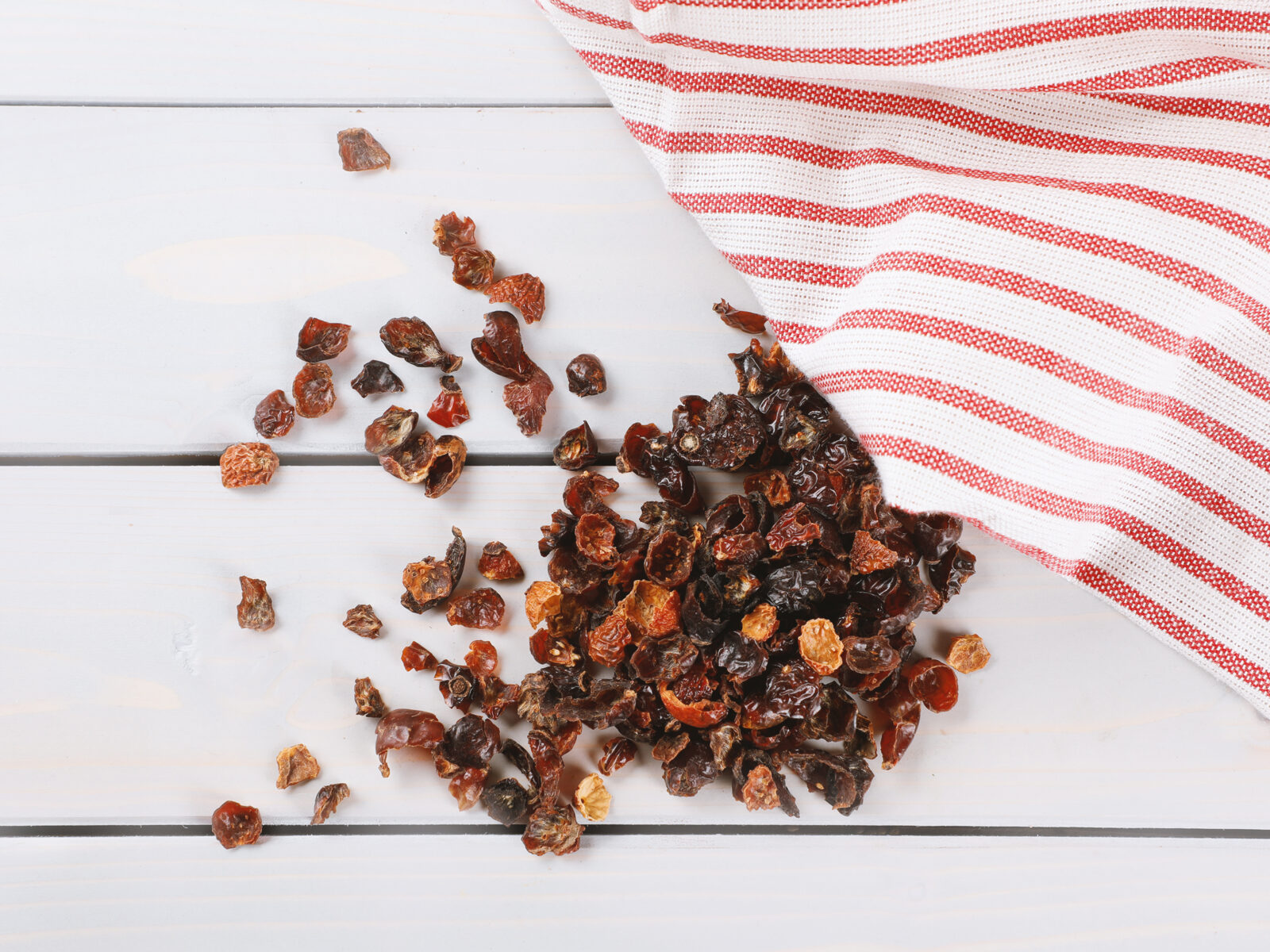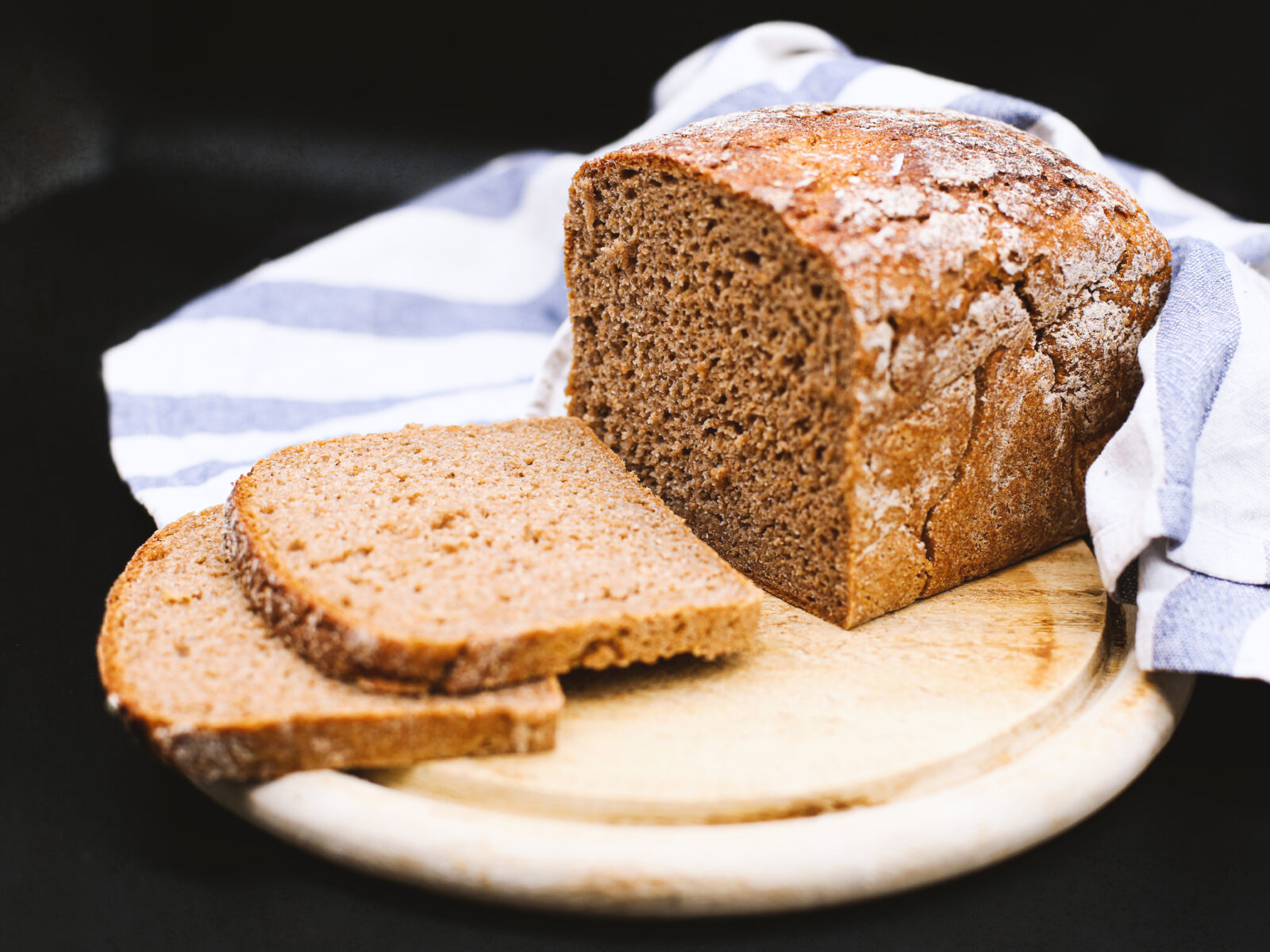
Rosehip is known to be an accessory fruit of the rose plant – that is the one derived not from the ovary. Some varieties that bear big red bottle-shaped are grown entirely for ornamental purposes. It’s great to know if you are a botanist but you don’t need this information to make the best rosehip jam or jelly, don’t you? By the way, what is the difference between these two? It comes from the form that the fruit takes in the preserve.
When you buy jam, you expect to see fruit pulp or crushed fruit inside. And in jelly, the solid chunks are discarded and only the juice is left, hence the smoothest consistency and transparency of the final product. If you are on your way to making rosehip jelly, you have to remember that they have seeds inside. You can easily leave them at first but don’t forget to strain them later after cooking.

Rosehip Jelly
Take 2 L / 8 cups of rosehips, rinse them thoroughly and toss in a pot with 6 cups of water. Bring to a boil, reduce to simmer and keep it like this for 1 hour, until the berries are soft enough to be mashed. You need to make a puree out of them, transfer the mixture into a cheesecloth, put it into a colander and place it over a bowl that would catch the drippings. Wait until everything is drained and squeeze the bag to get the remains.
You’ll need 3 cups of rosehip juice (but if you don’t have enough, you can easily dilute it with some extra water). Put it into a wide pan and add ½ cup of lemon juice and 1 package of pectin. You need acid because it lowers the pH of the mixture and helps to stabilize it. Bring everything to a boil, add 3 ½ cups of sugar, dissolve it and then pour into the prepared canning jars. You don’t have to sterilize them (they should be clean though!), you can simply store the jelly in a fridge. Eat as is, add to morning porridges, smother on scones, add to cottage cheese or smear on bread. Be creative!
A Swedish classic
Of course, you expected to see this kind of recipes in the article about rosehip, but we’d love to intrigue you with something that’s called nyponsoppa! It is a rosehip soup, a Swedish classic: sweet and refreshing with a bit of acidic kick.
To make it, take 400 g / 5 cups of dried rosehips and soak them in 1 L / 5 cups of water overnight to rehydrate (or use fresh and skip this step). Then transfer them (with the soaking water) to a pot and bring to a boil until rosehips are soft and tender. Then use a hand blender to puree everything, pass it through the sieve, discarding the seeds and skin. Add honey or sugar to taste, a couple of drops of lemon juice for extra freshness.
Make potato starch slurry: mix 1 Tbsp of it with 1 Tbsp of cold water and stir well. Then bring the mixture to a boil again, mix in the slurry, blend until fully incorporated. Keep on the stove, and soon the soup will thicken a little. Cool it a little and serve with a dollop of sour cream, double cream, or whipped cream. Or you can go all-in and add a scoop of ice cream with some nuts of your choice. You are, after all, the kings and queens to your soups.






